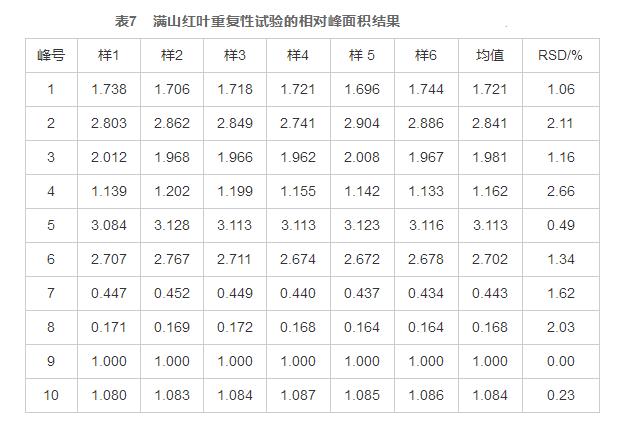娱乐热点
多地发倡议:制止餐饮浪费 培养节约习惯。
在化学分析与检测领域
在化学分析与检测领域,硫化精准无误的碳中实验结果是每一位科研人员追求的目标。多年的甲苯精准从业经验告诉我,实验的溶液成功与否不仅取决于先进的仪器设备和严谨的操作流程,更在于对实验材料,标准特别是物质无误标准物质的深刻理解和恰当使用。
一、确保二硫化碳中甲苯溶液标准物质的实验重要性
1、什么是分析二硫化碳中甲苯溶液标准物质?
简单来说,它就是硫化已知浓度或性质的二硫化碳与甲苯混合溶液,用于校准仪器、碳中验证分析方法或评估实验误差。甲苯精准
2、溶液为何重要?标准
标准物质提供了实验分析的“金标准”,帮助我们判断未知样品的物质无误浓度或性质是否准确。没有它,实验结果就如同失去了参照物,难以评判其真实性。
二、如何确保二硫化碳中甲苯溶液标准物质的准确使用
1、存储条件要讲究
温度、光照、湿度等因素都可能影响标准物质的稳定性。因此,必须按照其特性选择合适的存储环境,并定期检测存储条件是否达标。
2、配制过程需谨慎
在配制标准溶液时,要精确称量溶质、准确量取溶剂,并使用合适的容器和工具,避免任何可能的污染或误差。
3、使用时的细节决定成败
在使用标准物质前,务必检查其包装是否完好、标签是否清晰、有效期是否过期。在取样和使用过程中,要遵循无菌操作原则,避免交叉污染。
三、提升实验精准度的策略与实践
1、优化实验条件
根据实验需求,调整仪器参数、改进实验装置、优化实验步骤,都可以在一定程度上提升实验的精准度。
2、改进分析方法
随着科技的进步,新的分析方法不断涌现。尝试采用更灵敏、更准确的分析方法,往往能取得更好的实验结果。
3、我们共同探索
在实验过程中,不妨与同事多交流、多探讨,共同寻找提升实验精准度的新思路、新方法。毕竟,科研不是一个人的战斗,而是团队的协作。
四、解决实验误差的实战技巧
1、识别误差来源
从仪器精度、试剂纯度、操作规范到环境干扰,都可能成为误差的来源。因此,在实验前要对这些因素进行全面评估。
2、采取针对性措施
针对识别出的误差来源,采取相应的措施进行改进。比如,定期校准仪器、使用高纯度试剂、规范操作流程等。
3、自然应对挑战
面对实验中的误差和挑战,我们要保持冷静和耐心。通过不断尝试和调整,总能找到解决问题的方法。
总之,在化学分析的道路上,二硫化碳中甲苯溶液标准物质是我们不可或缺的伙伴。通过严格的管理和使用流程、不断的优化和改进策略、以及积极的误差识别和应对措施,我们能够确保实验结果的精准无误。这不仅是对科研工作的尊重,更是对科学精神的践行。


